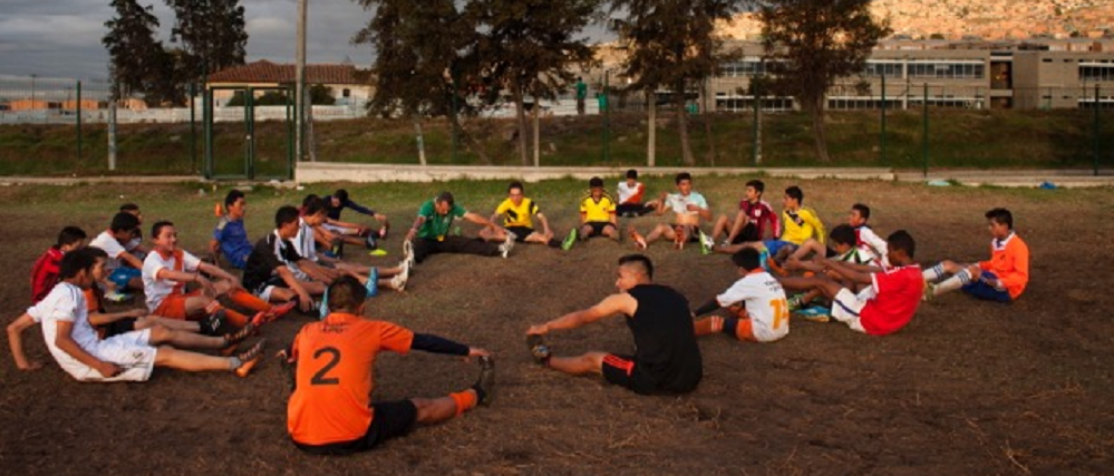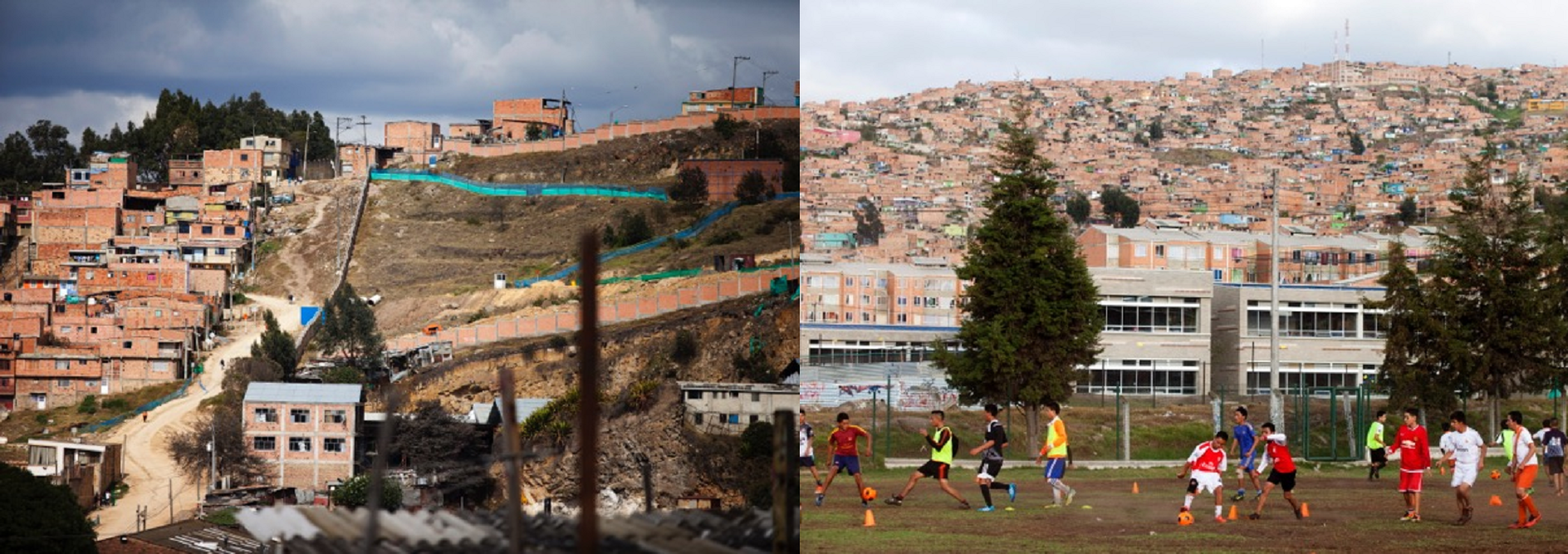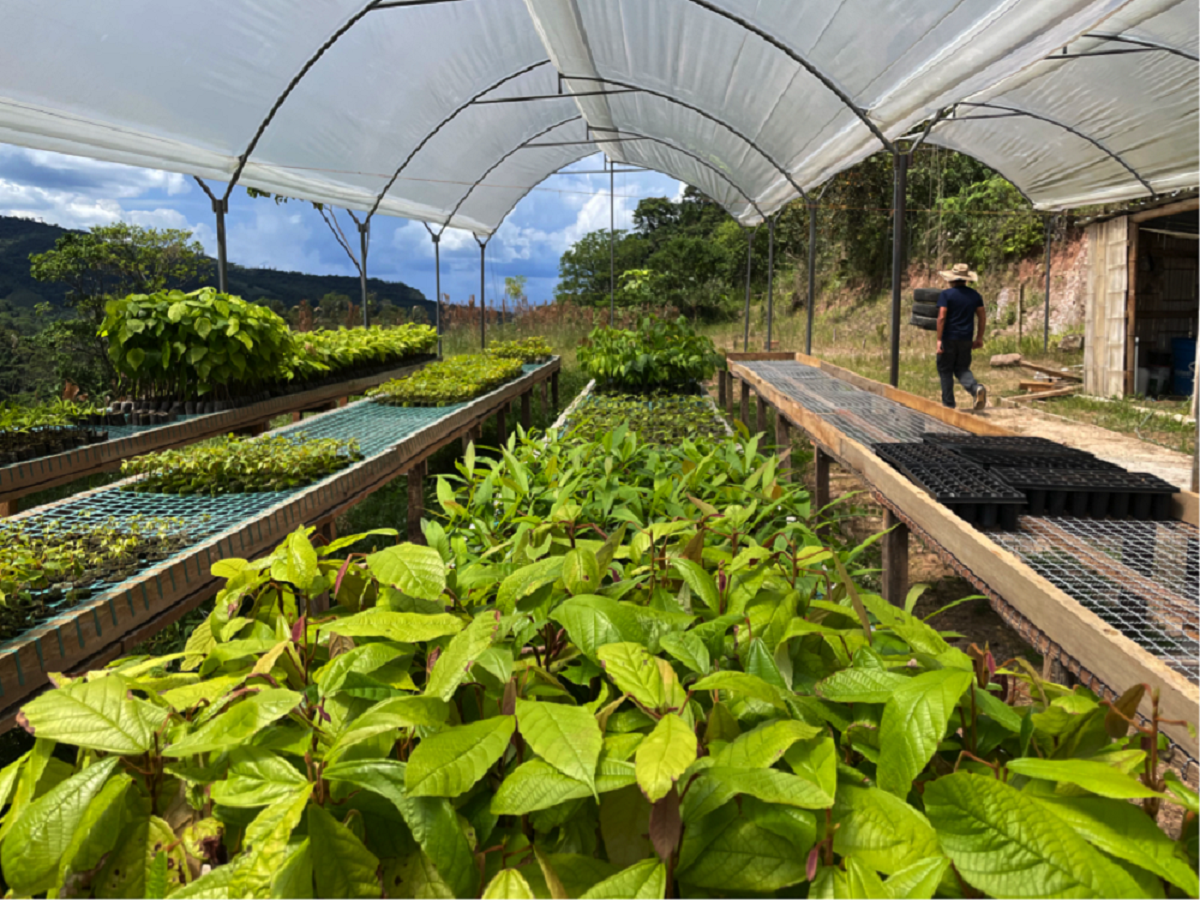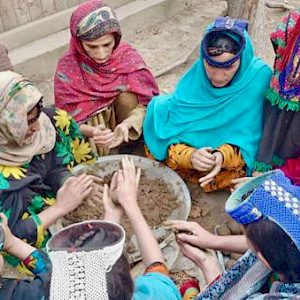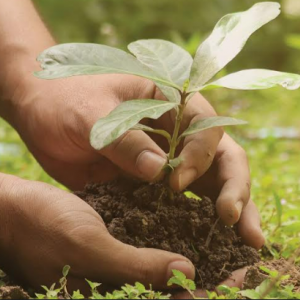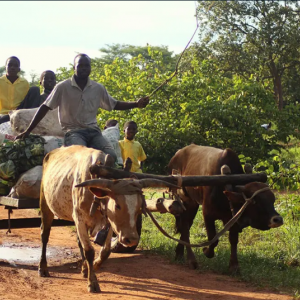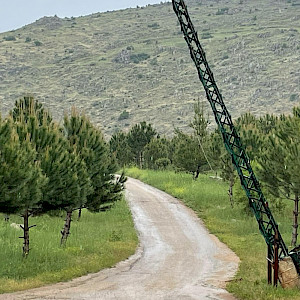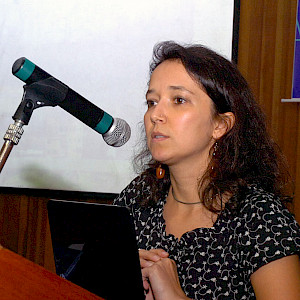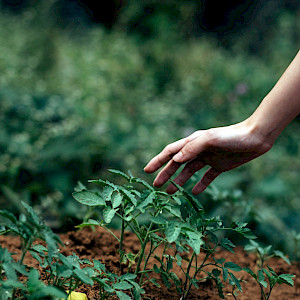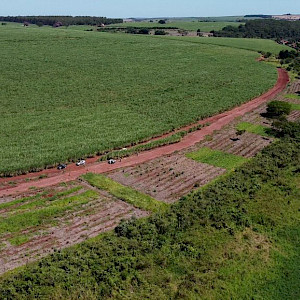Football is known for many things, but not for the protection of the environment. Not yet, but a project in the heart of Colombia’s Amazon may change that. It uses the passion for football and works with young people to accelerate #GenerationRestoration.
When speaking about the man-made destruction of forests, it is often football fields that are used to make the damage imaginable. When it comes to the Amazon – the green lung of our planet with its immense diversity in plants, animals, and culture – it is three soccer fields that disappear every minute.
“Football for Forests offers an innovative opportunity to finance forest restoration activities in Colombia – football pitch by football pitch, so to speak,” says Juan Pablo Castro, director of ‘GANSO’. His organisation provides technical and financial support for a transition to sustainable land use in Colombia, focusing on agriculture and forestry.
Juan Pablo is convinced that humans have the ingenuity to halt and reverse deforestation and that football has the power and the positive emotions to make boys and girls learn to care for the environment and to restore and protect their neighbouring tropical forests. This is why GANSO supports the Football for Forest initiative led by the international consultancy ’Climate Focus’ and ’Planet Super League’.
Valentina Madrigal is one of the youngsters who come regularly to the football academy in Florencia, a city in the Amazonian Piedmont region in Colombia: “We come here to play soccer, to get distracted, to have fun, to learn how to respect each other, and how to respect and care for the environment. I have learned many things here that I didn't know before. Not only how to score a goal or to defend me, but also how to plant a tree and make sure it survives, or how to distinguish different kinds of birds in the nearby forest.”
On the ground, GANSO works together with ‘Tiempo de Juego’ (meaning ‘Game time’), an organisation with several years of experience in life skills training. Diana Torres, the project coordinator, is working with the kids both on the football field and in the forests. She explains: “We are trying to teach the kids how to take care and heal instead of doing harm and destroy. This applies on the football field as much as it does to the environment in which we live. Through football, we can empower kids, and strengthen their self-consciousness and environmental awareness. We educate them and trigger their desire to make the world a better place.”
The Amazonian Piedmont region in Colombia is characterized by the highest deforestation rate and the highest unemployment rate in the country. It is also characterized by illegal settlements of people who were displaced as victims of the armed conflict in Colombia and by natural disasters.
In the long run, ‘Football for Forests’ plans to train as many young people as possible to be ‘Zagueros del bosque’ (guardians of the forest) for their home forests and to lead football schools in their own communities. In 2022, 20 guardians of the forest were trained already.
The main goals of Football for Forests:
- Restore tropical forests and ecosystems
- Protect the biological and cultural diversity of tropical forests
- Nurture a healthy environment and community
- Teach life skills through football
- Educate on the environment and raise ecologial awareness
- Preserve exiting forests and soils
- Conserve and enhance biodiversity and reduce its threats
- Adapt and mitigate the effects of climate change
Leand more about Football for Forests in this movie.

